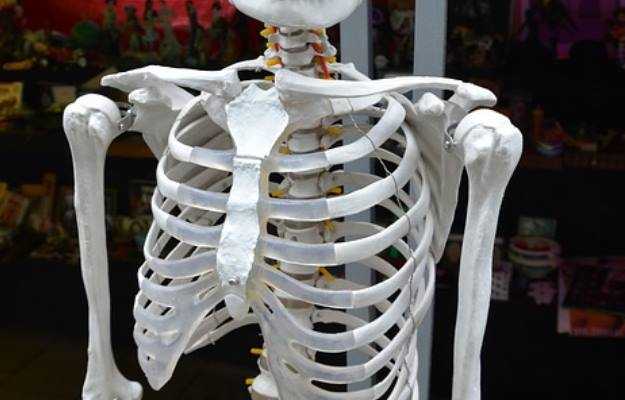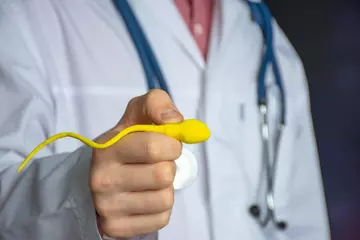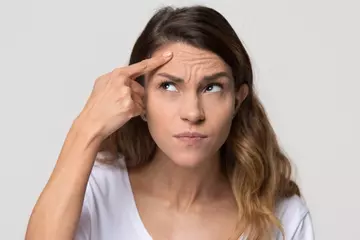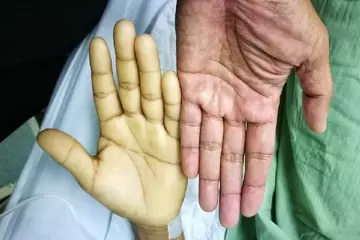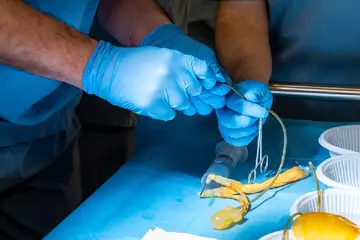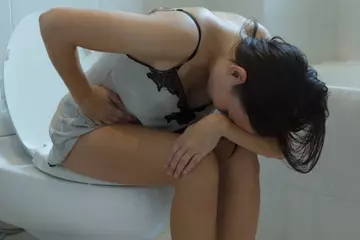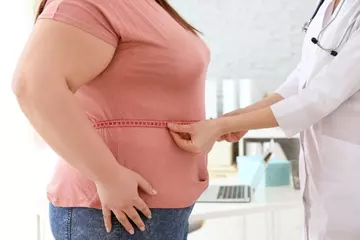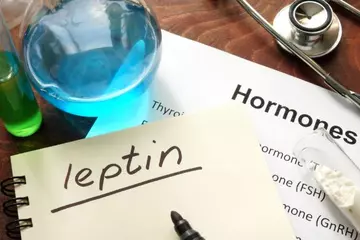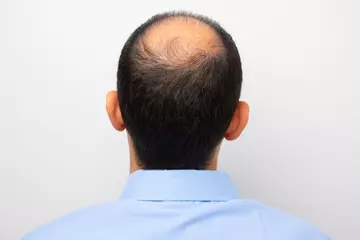What is separated shoulder?
Separated shoulder refers to torn or injured ligaments between the collarbone (clavicle) and part of the shoulder blade (acromion). Cases may range from a mild stretch of the ligament to a tear in the ligament. This often results in the shoulder blade and collarbone moving apart or being separated from each other.
What are its main signs and symptoms?
Signs and symptoms of separated shoulder include:
- Pain at the moment the injury occurs which may persist in the joint area
- Difficulty in moving the arm on the affected side
- Swelling and bruising in the area of the joint
- Tenderness
- The outer end of the collarbone may appear out of place
- Bump or deformity in the affected area
What are the main causes?
The most common cause of separated shoulder is a severe injury, as a result of a direct blow to the shoulder or a fall directly onto the shoulder, car accidents or sports injuries.
Risk factors include sports like football, hockey, skiing, volleyball and gymnastics.
How is it diagnosed and treated?
Medical history and physical examination help in diagnosing a separated shoulder; however, mild cases may be detected by X-rays alone.
Investigations include:
- X-rays
- MRI
- Ultrasonography
Holding weights with the arm on the affected side makes the deformity stand out and thereby aids in confirming the diagnosis.
Treatment of separated shoulder depends on the severity of the injury.
Your doctor may prescribe analgesics for symptomatic relief. A sling is required to restrict movement of the joint and allow natural healing to occur. Movements are restricted for a few weeks depending on the extent of the damage.
This is followed by physiotherapy to reduce stiffness and improve range of motion.
It is strictly advised to avoid lifting any heavy objects for 8 to 12 weeks after healing.
Surgery might be needed in severe cases that might have dislocation of the bones involved.
Self-care:
- Avoid any strenuous physical activity.
- It is essential to give your shoulder as much rest as possible.
- Cold compresses aid in relieving pain and swelling.


